In pictures: Jon Hopkins' London studio
We check out the gear behind Mercury nominated album Immunity
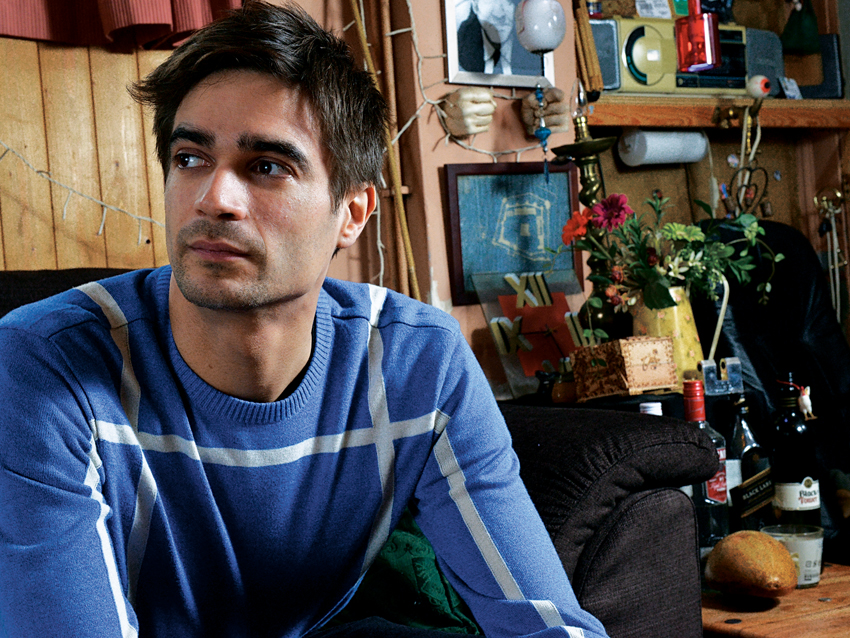
Jon Hopkins
For some artists, the path to success is not so easily forthcoming. Jon Hopkins’ sophomore album, Contact Note, fell off the radar, leading to disillusionment and a return to production.
However, as the saying goes, it’s not what you know but who you know. When colleague Leo Abrahams introduced Hopkins to Brian Eno, it led to numerous jamming sessions, collaborations and, by association, writing credits for Coldplay.
Since then, Hopkins has never looked back. His passion for solo work was reignited, resulting in the acclaimed 2009 album, Insides, while a Mercury Prize nomination for the album Diamond Mine in collaboration with King Creosote and an Ivor Novello Award for Hopkins’ soundtrack to the British sci-fi movie Monsters followed.
This year Hopkins returned with a fourth studio album, Immunity, which has seen him nominated for the Mercury Prize again, and continues his quest to seamlessly blend organic and electronic sounds amidst progressive dance-based grooves. Here we take a look around his studio setup and get an insight into his creative process.
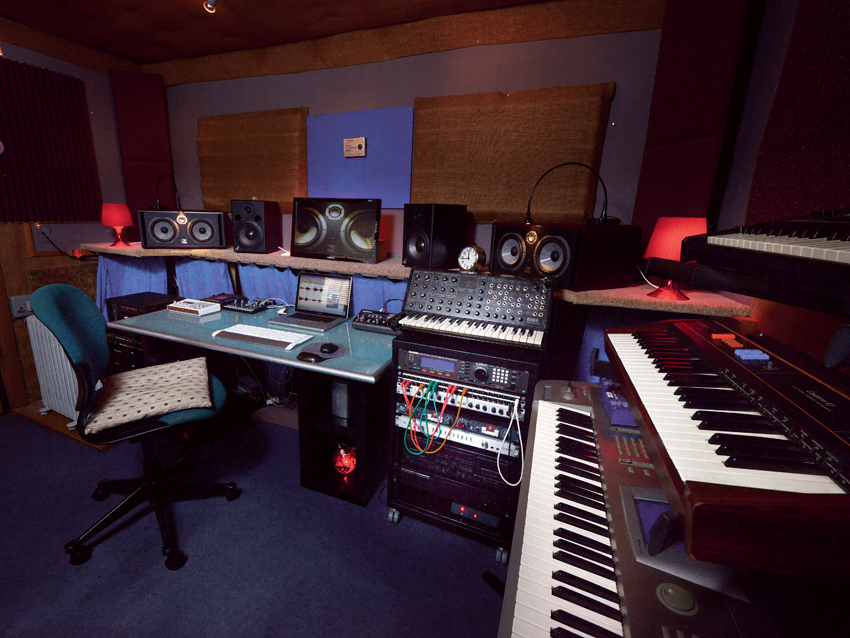
The studio
Jon Hopkins on Immunity: “With this record there were very specific ideas; emotional ideas really rather than technical or instrumental. The idea was to try to hypnotise the listener or cause a trance-like state. It’s what happens to me when I listen to certain types of music.
“In the world of Techno you have gradually merging and departing sounds, and the effect that has on the brain can be incredible. You get used to one groove and then something subtly changes; it’s like living in a structure of some sort that’s subtly evolving around you.
“Open Eye Signal, the first single, is a good example of that. It sounds like quite a simple groove but there’s a lot of nuances in there trying to make it sound alive, living and breathing – like it’s a thing that’s growing in itself.
“The challenge on the record was to find out how to manipulate the technology to make it sound alive and as organic as possible, and not get stuck in the world of grids and over-programming.”
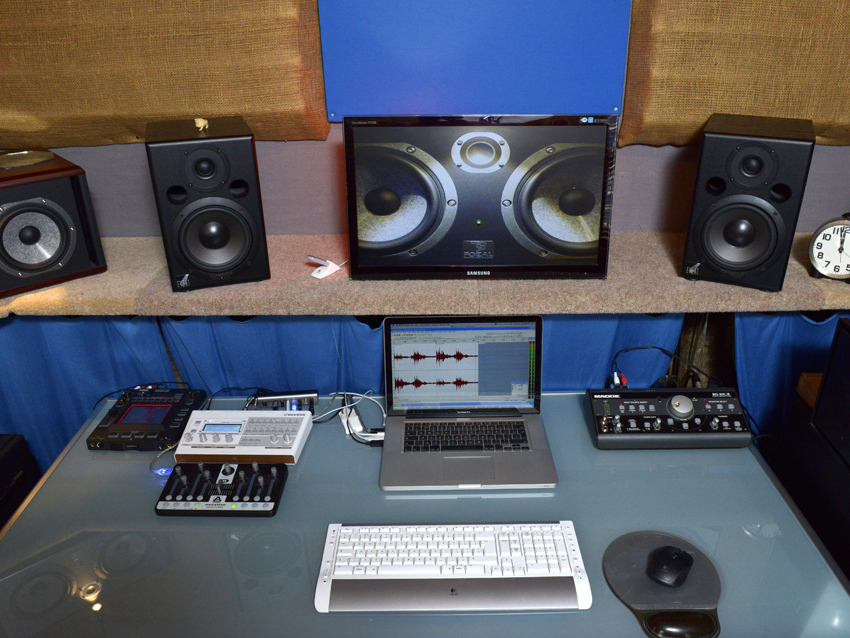
Workstation
“I’ve got a MacBook Pro, running Parallels at the same time, so I can open Sound Forge and work on sounds simultaneously in Logic. That’s the key set-up that allows me to marry the sort of programming I used to do with the better-quality sequencing power of Logic.”
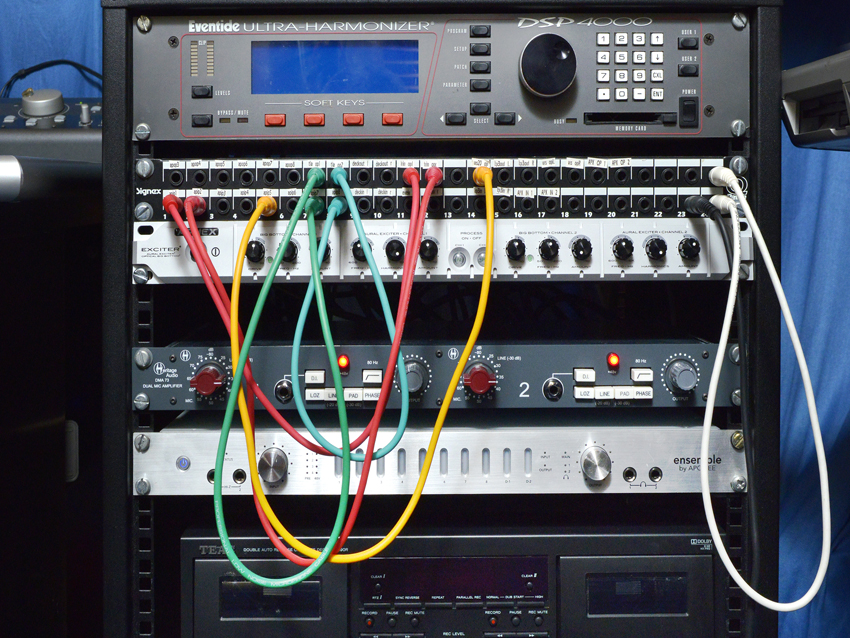
Outboard gear
“I bought an Aphex Aural Exciter - which I have to admit I haven’t turned on yet - but it’s there, an Eventide DSP 4000 ultra-harmoniser and a cassette deck, which I use quite a lot for re-recording sounds in.”
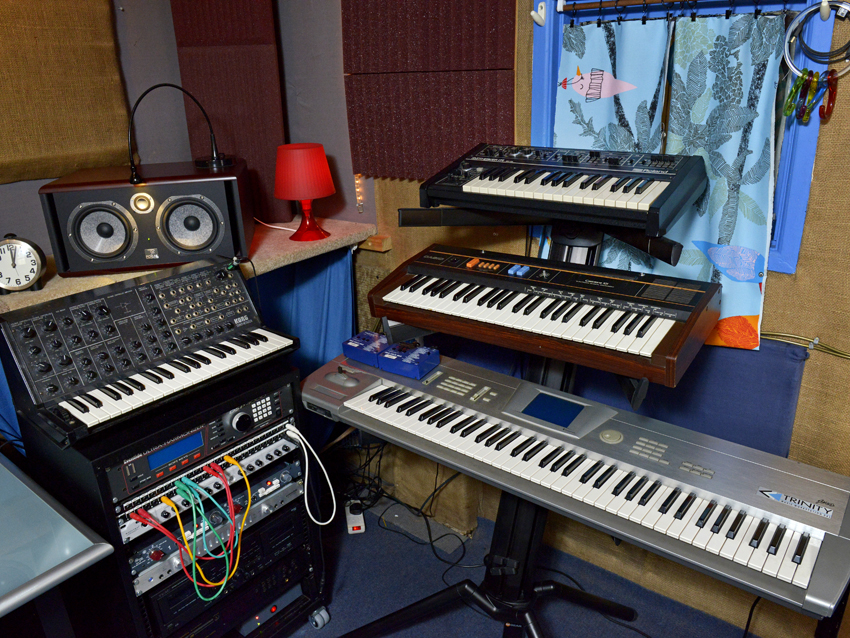
Synths
“I have the Korg Trinity Pro and a CasioTone 101, which is an amazing machine from the ’70s with wooden bits on the end.
"I used that more on Diamond Mine than my solo stuff - mainly the organ and electric piano. They don’t sound anything like those instruments; it’s just a lovely warm drone kind of tone that responds very well to processing in Logic and Sound Forge. I also have a Roland SH-09 and a Korg MS20, which is the newest one, and it’s all over the album.”
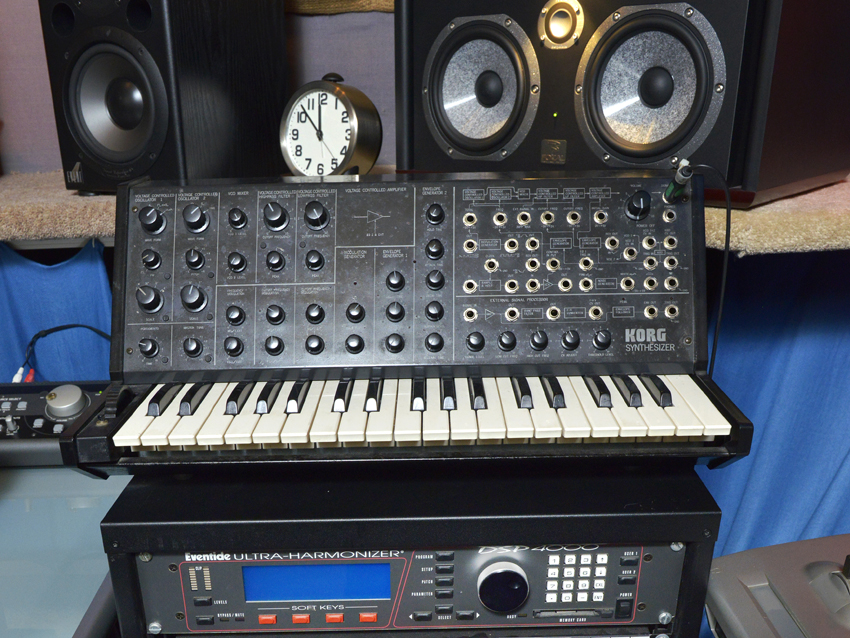
Korg MS-20
“I love using the MS20 to source sounds for as many things as possible. I’ll use the noise generator to make drums and love putting things through it.
“I love using source sounds from all over the place and don’t use any soft synths at all; everything is external because I think the more different types of signal you have going in the more ‘real’ a piece of music sounds, the more dimensional and the more like it’s built on a physical structure.”
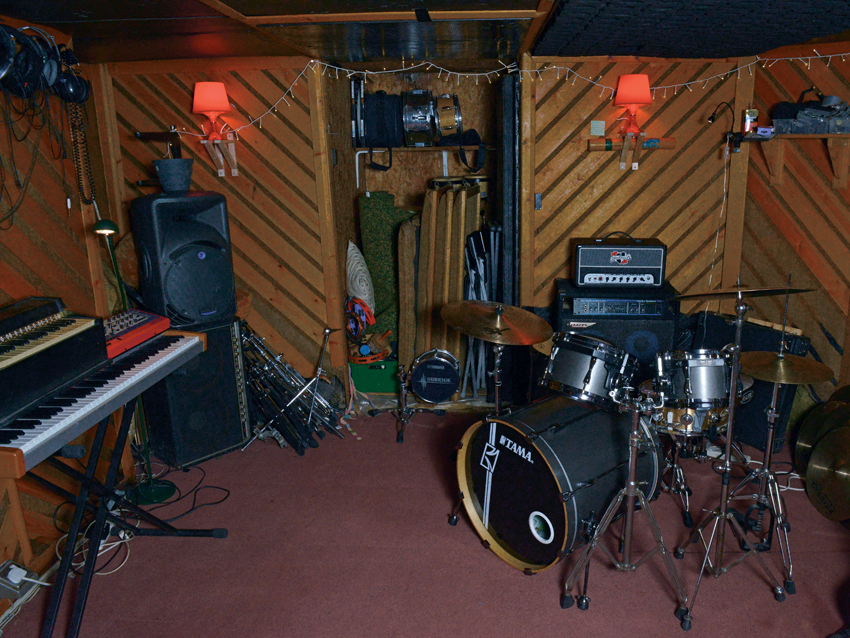
Live room
“I love using source sounds from all over the place and don’t use any soft synths at all; everything is external because I think the more different types of signal you have going in the more ‘real’ a piece of music sounds, the more dimensional and the more like it’s built on a physical structure.”
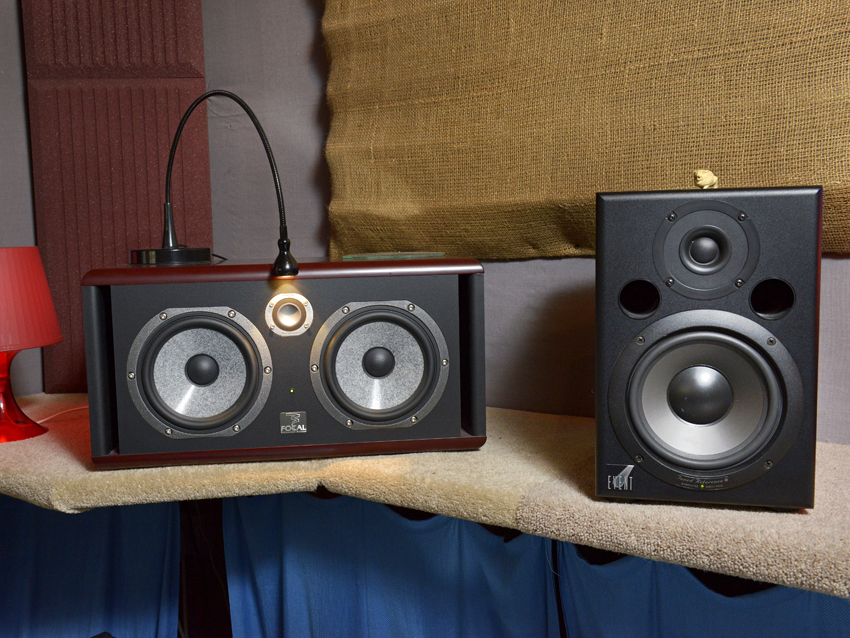
Monitors
“I use Focal Beryllium speakers; they’re incredible - absolutely stunning. They’re the best home speakers I’ve heard actually.
“There’s an in-house producer/engineer guy here in the studio who’s kind of an expert, as I don’t really know about the world of speakers, mics and pre-amps, so I just take advice really. I also have an old pair of Sennheiser HD-25 SPs, which I find very useful, and a Mackie Big Knob desktop audio control centre, which I love. They do always break - this is like the third one I’ve had, which is infuriating really, but the concept is good.”
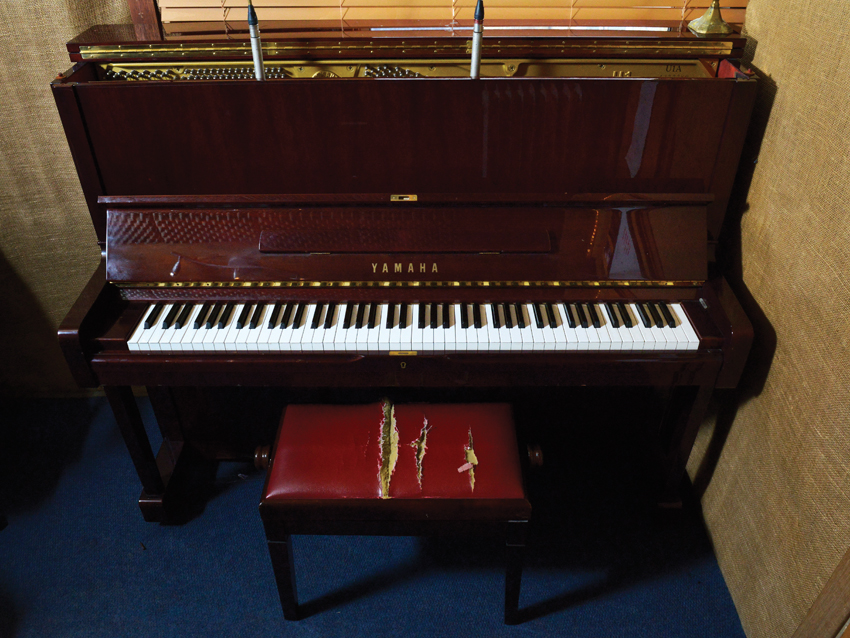
Piano
“I only learned the piano because my parents thought it was a good idea and I’d showed an interest in it. I did grow to love it a lot and the music it exposed me to, but what I was really interested in was going into the studio at music college.”
Future Music is the number one magazine for today's producers. Packed with technique and technology we'll help you make great new music. All-access artist interviews, in-depth gear reviews, essential production tutorials and much more. Every marvellous monthly edition features reliable reviews of the latest and greatest hardware and software technology and techniques, unparalleled advice, in-depth interviews, sensational free samples and so much more to improve the experience and outcome of your music-making.


